Green as a promise for Spring and new explorations
After months of drought (actually the driest winter in 40 years) and just two days of snow somewhere in the middle, Winter has entered it’s changing point towards Spring, so it seems at least, by acknowledging the lichen glowing in the midst of brown twigs and bare trees. 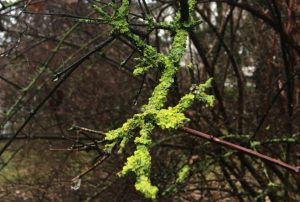
Green has many virtues, soothing, calming, balancing and even in some ways, nourishing. Symbol of luscious nature, it is the pigment of chlorophylle that allows plants to intercept light and convert it into usable energy.
Green is an interesting (difficult) color to mix and use in landscapes as well as botanical watercolor. Not any green works anywhere. How do you obtain it, what is green actually made of? As Michael Wilcox’s book « Blue and yellow don’t make green » shows, mixing colors is an intriguing task, and the “right” shade of green is not the easiest thing to obtain. 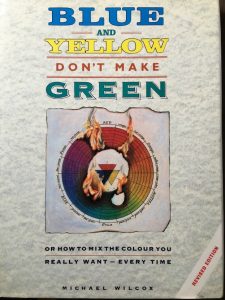 First we would have to identify the primary colors, either warm or cold to obtain the specific shade needed, being aware that no more than two colors can come together, unless you want a brown or a grey! And knowing that remember to use complementary colors in the same piece of landscape, or the same plant, it will make it sing, as Monet for instance did in his poppy field paintings. In a flower plate, a leaf or a stem often hold the color of the petals and vice versa. Nature has so much to teach us in matter of color harmonies.
First we would have to identify the primary colors, either warm or cold to obtain the specific shade needed, being aware that no more than two colors can come together, unless you want a brown or a grey! And knowing that remember to use complementary colors in the same piece of landscape, or the same plant, it will make it sing, as Monet for instance did in his poppy field paintings. In a flower plate, a leaf or a stem often hold the color of the petals and vice versa. Nature has so much to teach us in matter of color harmonies. 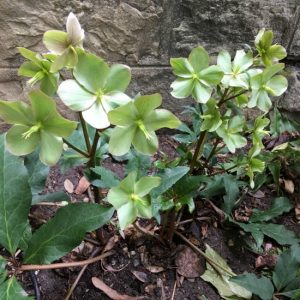
My grand mother used to dislike Summer because it looked like a plate of spinach. But if you look closely, the palette of greens is infinite. For an artist, a vast territory to explore and definitely an invitation to play, with great gratification at stake. With a box of colors and a sheet of paper, fun is always around the corner, even in damp, cold and desperately grey Winter day!



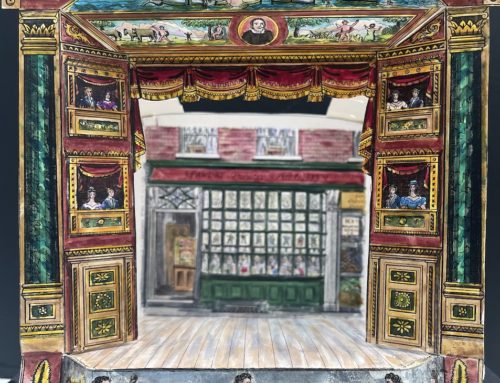
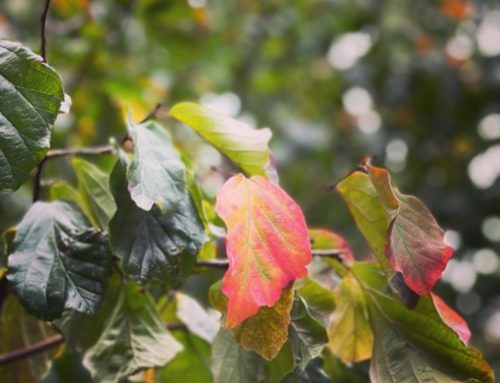

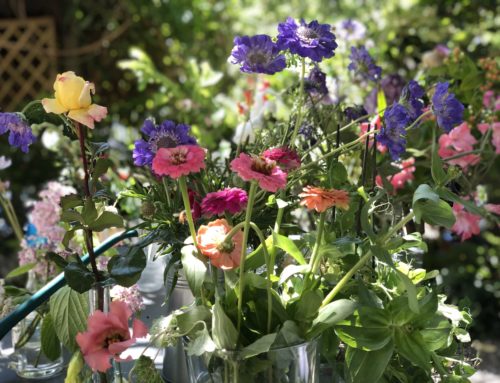
Leave A Comment